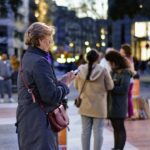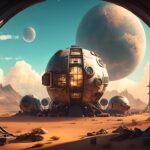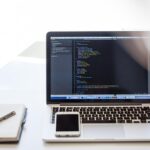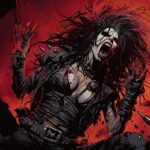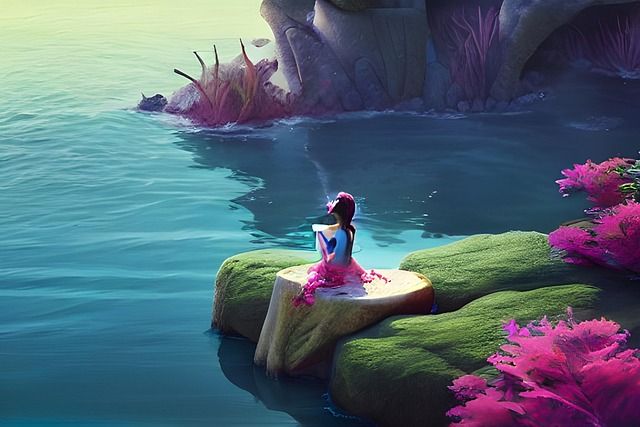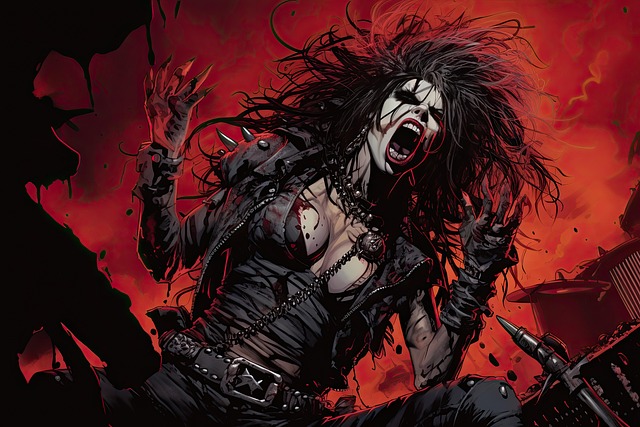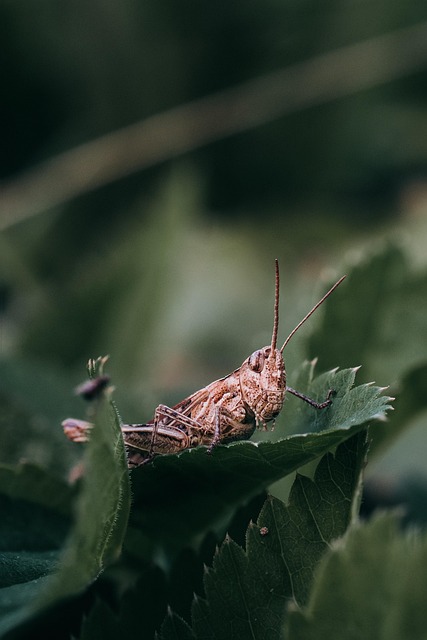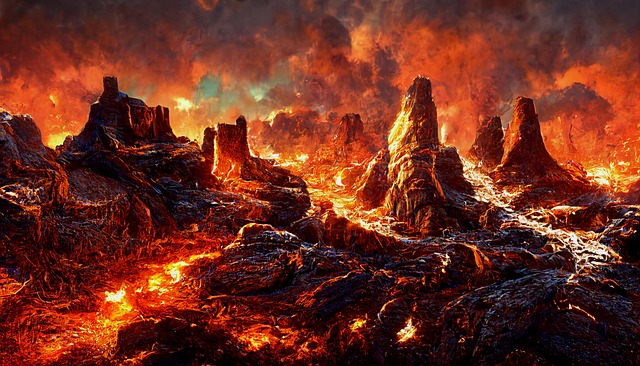# Essential AI Tools Artists Need to Explore for Enhanced Work and New Creative Possibilities
The convergence of technology and creativity has never been more pronounced than in today’s digital landscape. As artists and creatives seek innovative ways to express their ideas, AI tools are emerging as powerful allies. From generating stunning visuals to streamlining workflows, these tools are reshaping the world of visual and digital art. In this article, we’ll explore key AI tools such as DALL·E, Midjourney, Stable Diffusion, Runway ML, and Adobe Firefly, and how they assist in various creative domains including digital illustration, concept art, video generation, and design work.
## The Rise of AI in Art
Artificial Intelligence is revolutionizing how artists create, collaborate, and connect with their audiences. By leveraging machine learning algorithms and vast datasets, AI tools can generate unique artworks, assist with design processes, and even inspire creativity. Here are some ways AI tools are making a significant impact:
– **Enhanced Creativity**: AI can provide fresh ideas and perspectives, helping artists break through creative blocks.
– **Efficiency**: Automating repetitive tasks allows artists to focus on the creative aspects of their work.
– **Accessibility**: AI tools democratize art creation, enabling those without formal training to produce quality work.
## Key AI Tools for Artists
### 1. DALL·E
DALL·E, developed by OpenAI, is an AI model that can generate images from textual descriptions. This tool allows artists to create unique visuals simply by inputting a phrase or concept.
**Example**: An artist might input “a two-headed flamingo wearing a top hat,” and DALL·E will render a unique image based on that description. This capability has opened new avenues for digital illustration and concept art, enabling artists to visualize ideas that might be difficult to express through traditional means.
**Use Cases**:
– **Concept Art**: Designers can quickly generate multiple iterations of a character or environment, speeding up the brainstorming process.
– **Illustration**: Authors can create book covers or illustrations that align closely with their narratives.
### 2. Midjourney
Midjourney is a generative art tool that excels in creating high-quality images from textual prompts. Artists can interact with Midjourney through Discord, making it a collaborative and community-driven platform.
**Example**: A designer might use Midjourney to explore different design aesthetics for a fashion line by inputting phrases like “futuristic streetwear” or “vintage elegance.” The tool produces a variety of images that can inspire real-world designs.
**Use Cases**:
– **Fashion Design**: Designers can visualize collections before physical prototypes are made.
– **Artistic Exploration**: Artists can experiment with different styles and themes, pushing the boundaries of their creativity.
### 3. Stable Diffusion
Stable Diffusion is an open-source AI model for generating images from text. Its flexibility and accessibility make it a favorite among artists and developers alike.
**Example**: An artist could use Stable Diffusion to create a series of fantasy landscapes by simply inputting descriptive keywords, such as “enchanted forest” or “mystical mountains.” The generated images can serve as a foundation for further artistic development.
**Use Cases**:
– **Background Art**: Game developers can use it to create immersive environments for their projects.
– **Storyboarding**: Filmmakers can visualize scenes quickly and efficiently during the pre-production phase.
### 4. Runway ML
Runway ML is a versatile platform that offers a suite of AI tools for creatives, including video generation, image editing, and even text-to-image capabilities. It allows artists to integrate AI into their workflows seamlessly.
**Example**: A filmmaker can use Runway ML to create visual effects or enhance footage with AI-generated elements, such as adding realistic backgrounds or creating animations from still images.
**Use Cases**:
– **Video Production**: Streamlining post-production with AI-enhanced editing tools.
– **Interactive Media**: Artists can create immersive experiences by combining video, sound, and AI-generated visuals.
### 5. Adobe Firefly
Adobe Firefly is Adobe’s suite of generative AI tools designed to enhance creative workflows. It integrates with Adobe Creative Cloud, allowing artists to leverage AI capabilities directly within familiar applications.
**Example**: A graphic designer can use Firefly to generate unique textures or patterns that can be applied to their designs, saving time and enhancing creativity.
**Use Cases**:
– **Graphic Design**: Quickly generate assets for branding or marketing materials.
– **Illustration**: Artists can create variations of their work, exploring different styles and compositions.
## Real Examples from Creative Professionals
Many artists and creative professionals have begun to integrate these AI tools into their workflows, resulting in innovative projects and enhanced productivity.
– **Concept Artist**: A concept artist for a video game used DALL·E to generate initial character designs, which were then refined and adapted into the game’s visual style.
– **Fashion Designer**: A fashion designer employed Midjourney to create mood boards filled with AI-generated images that inspired their latest collection, leading to a successful runway show.
– **Filmmaker**: An independent filmmaker utilized Runway ML to enhance visual effects in their short film, allowing them to achieve high-quality production values on a limited budget.
## Conclusion: The Future of AI in Creative Fields
AI tools for artists are not just a passing trend; they represent a significant shift in how art is created and experienced. As these technologies continue to evolve, they will offer even more sophisticated capabilities, enabling artists to push the boundaries of their creativity.
The integration of AI in creative fields opens up new avenues for collaboration, exploration, and expression. Artists who embrace these generative art tools will find themselves at the forefront of a creative revolution, equipped to tackle challenges and seize opportunities in an ever-changing landscape.
In summary, the future of AI for creatives is bright, and those willing to explore these innovative tools will undoubtedly discover enhanced work processes and new creative possibilities. Whether you’re a seasoned professional or an aspiring artist, the time to dive into AI-driven art is now.

